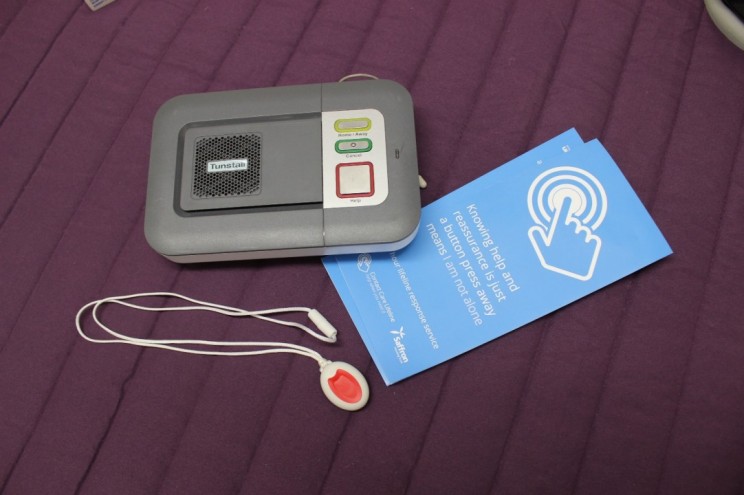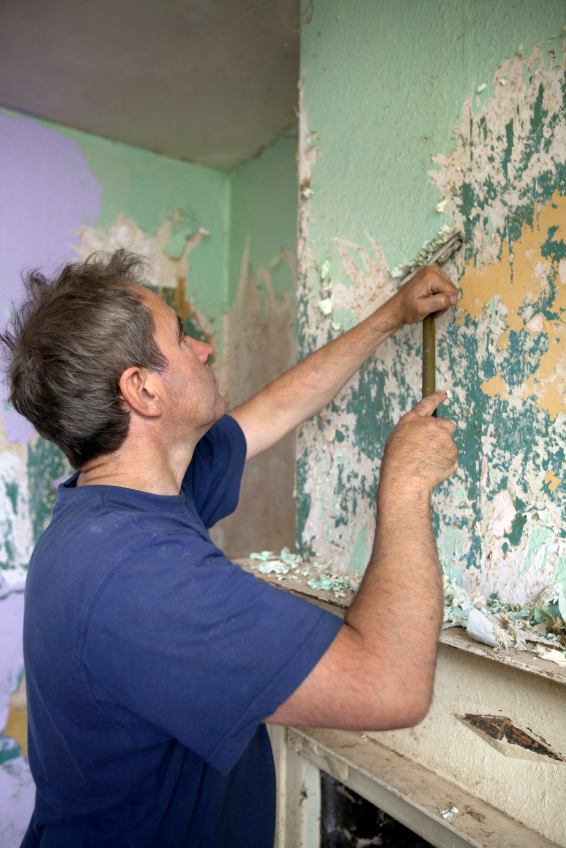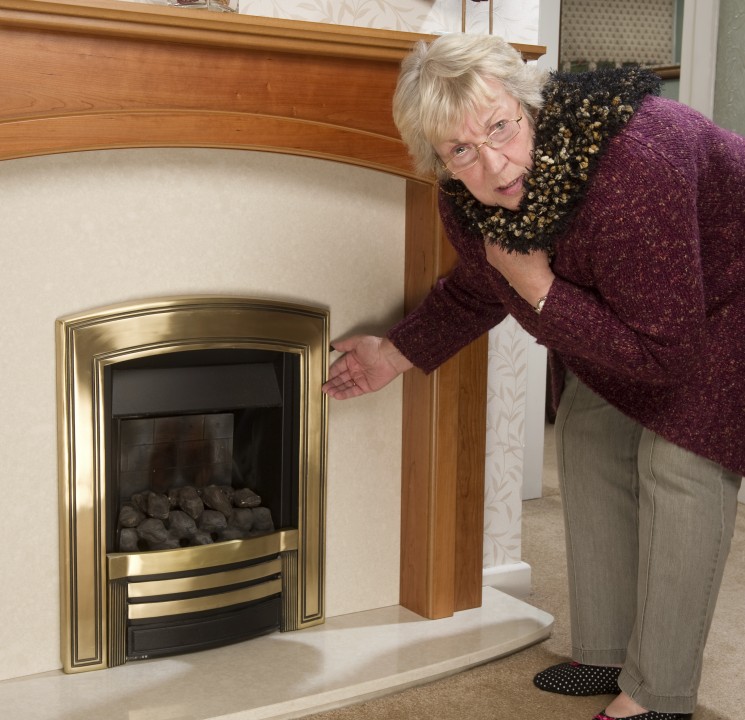Lifeline Alarms provide help at the press of a button
Also known as a community alarm, telecare system, personal alarm or panic button, a lifeline alarm consists of the button which is worn and transmits through a small box, which normally sits near your telephone.
When the button is pressed, the unit dials through to the call centre and is answered by a trained person, who can immediately see your entire older relative’s information on the screen in front of them. This person talks through the unit’s speaker, listens to responses and can call an ambulance, phone the doctor or get hold of relatives or friends, depending on the situation. If you are too far from the unit to communicate verbally with the call centre when you press your button (in the garden or the garage perhaps), the operator will contact a neighbour or relative to come and check on you and ascertain the situation. So, even without speaking, you know someone will be around shortly.
Responder services
Some lifeline companies also offer a responder service, whereby you pay a little extra and they provide the person who comes round to assist you. This service will cost more, but is very useful if you do not have friends or family nearby.
Lifeline technology improvements
Lifeline alarms have been helping people for over thirty years and the principle remains unchanged. Some improvements have been introduced, however, for example:
- Buttons are now much smaller, and it’s indented, so is much harder to set off accidentally
- The button’s range has increased to around 50 yards (more with a signal booster)
The assistive technologies which link to a lifeline alarm have also moved forward. These include epilepsy sensors (triggered by the movement of a seizure), bed sensors (laid on a mattress, they incorporate a timer and alert the call centre if the user gets out of bed between set times), smoke detectors, CO sensors and heat sensors, fall detectors (triggered by a drop in barometric pressure) and property exit sensors.
One or more of these can be used with a lifeline alarm to adapt the service depending on individual needs. For dementia sufferers, the button alone is usually not effective, as the wearer forgets to press it, or presses inappropriately. You can contact your local Adult Social Services or relevant charities for advice.
Meanwhile, other technologies have advanced in huge leaps. If the older relative in question is already embracing smart technology and reveling in the apps available, then ignore a lifeline alarm and go with smart phones and tablets, which offer an array of apps.
Returning to the less mobile-savvy elderly person, even if they carry and use a mobile, you need to ask yourself: will they use it if in a confused state following an injurious fall? If the answer is no, then the simple tried-and-tested lifeline alarm is the route to take.
Finding a lifeline provider
There are national companies that will post you an alarm along with instructions (it is fairly simple to plug one in) and a questionnaire to return. Any google “lifeline” search will find these. National companies may also offer the option of someone coming to install it for you.
Definitely search for regional providers as well (by county or region), as these will offer a more local service and can therefore offer cheaper installation fees and provide an installer to fit it for you. Take care with well-known charities who also provide lifelines. They can be brilliant charities, offering really helpful and impartial advice, but their lifeline service may be separate from the charity and may charge a very high installation fee.
Installing a lifeline alarm is simple and quick
Having a lifeline alarm fitted requires a working landline, an electricity socket in the vicinity of a phone socket and 45 minutes of your time. Easy to install, easy to use, help at the press of a button.
For more information, contact Kat Navarro, Contact Care Lifelines (East Anglia)











